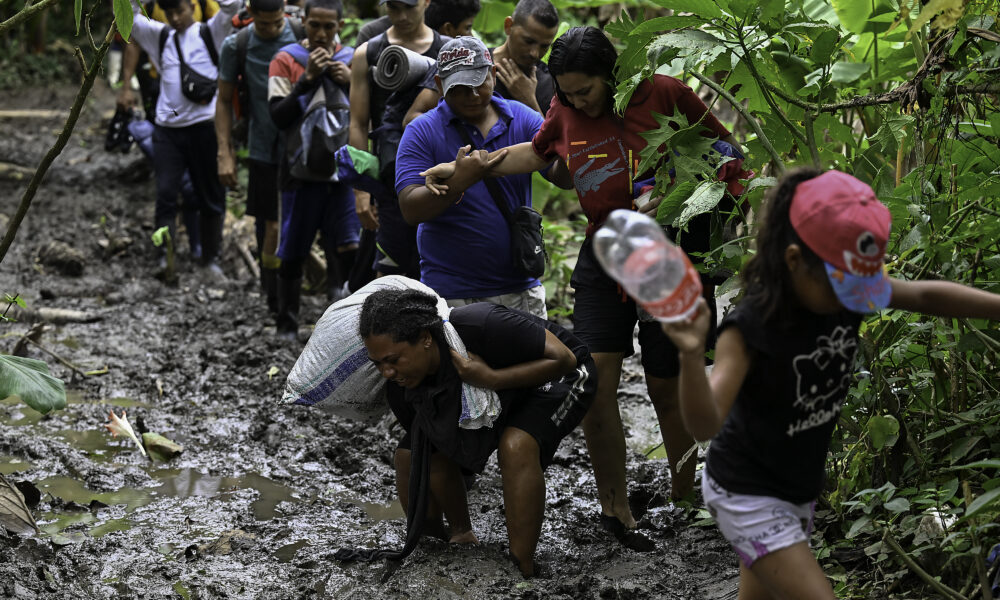International
Flood of forlorn Venezuelans brave jungle crossing in Panama
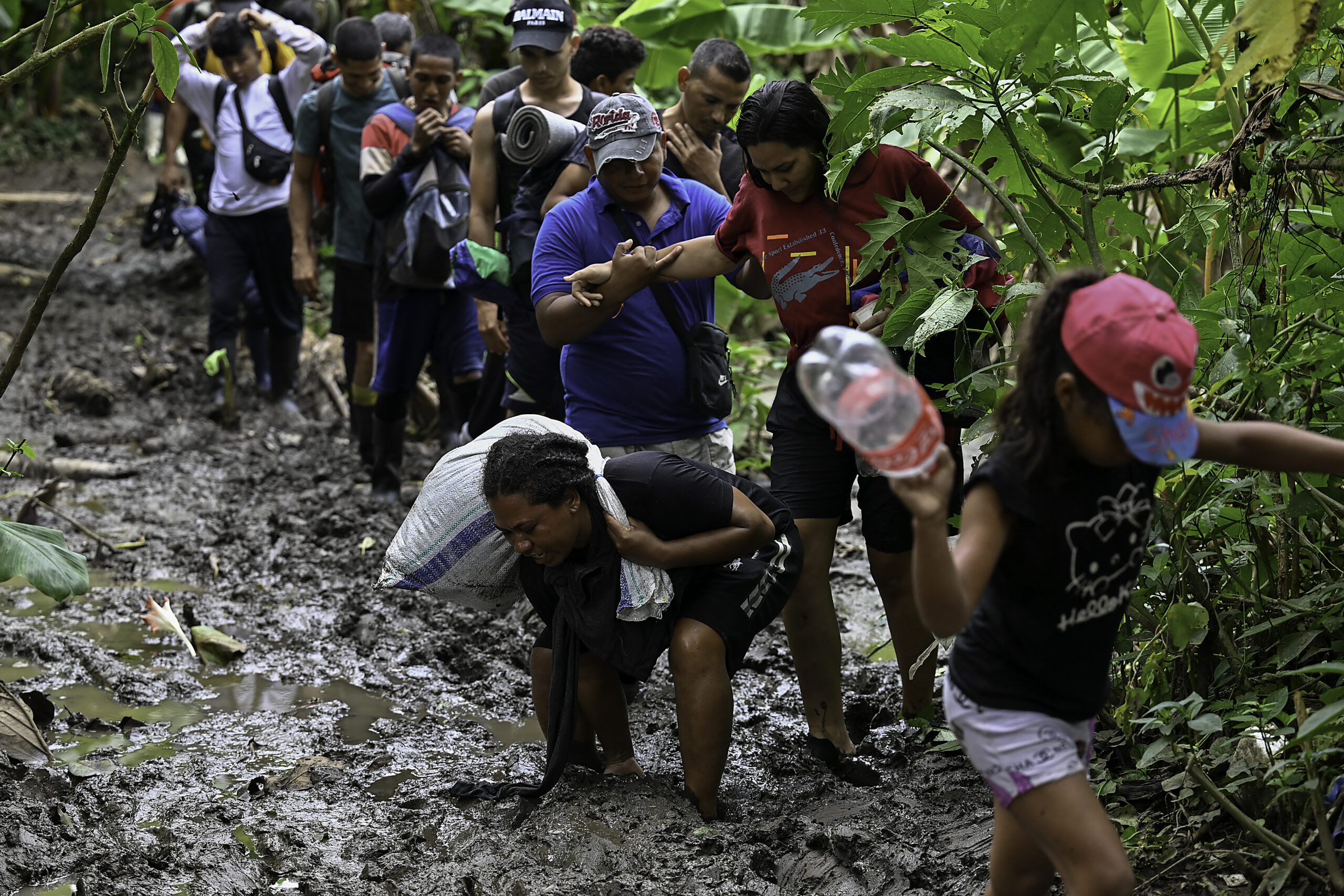
| By AFP | Juan José Rodriguez and Luis Acosta |
Wading through knee-deep mud, some limping, hundreds of Venezuelan migrants battle against fatigue with their eye on the prize: hope for a new life in the United States.
With sore feet, injuries and dented spirits several days into their ordeal — still far from halfway — they trudge in single file through the infamous Darien Jungle linking Colombia to Panama.
With a long way still ahead through Central America and Mexico, the group of men, women and children, some babies, already has many horrors to recount.
And it may all have been in vain.
Last week, the United States announced that Venezuelans arriving by land without travel documents will be returned to Mexico.
For Jesus Arias, 45, sometimes one has to “risk one’s life to have a future.”
“But honestly, I would not advise anyone to come through the jungle. It is very hard,” he told AFP as he and others arrived at an Indigenous settlement in Panama, Canaan Membrillo — one of several border control points in the 575,000-hectare (1,420,900-acre) jungle.
Arias arrived at Canaan Membrillo in a T-shirt and shorts, carried by other men in the group after injuring his knee.
‘We’re going anyway’
He undertook the journey knowing it would be tough because “there is no future in Venezuela. Every day it gets worse.”
He may have no choice but to go back to the crisis-hit country, which is wracked by violence, insecurity and a lack of essential services. The UN Refugee Agency says 6.8 million refugees and migrants have left Venezuela since 2014.
Under the US decree, only 24,000 Venezuelans who apply under a humanitarian program will be granted entry.
“We’re going anyway,” said Arias. “Even if we are stopped, at some point we will enter.”
The number of Venezuelans making the Darien crossing reached a record high in 2022 — some 133,000 between January and mid-October, according to authorities in Panama.
For the whole of last year, the figure was 2,800.
Venezuelan Nelida Pantoja, 46, saw “many dead, many mountains, many rivers that carried off many people… It was horrible,” she told AFP at Canaan Membrillo.
But like most of her fellow migrants, she vowed to “keep trying” until she gets into the United States.
Darwin Vidal, 33, said he was struggling to garner the strength for what lay ahead: battling not only rough terrain but also being at the mercy of poisonous snakes and other wild animals, as well as criminal groups.
“I got lost for three days in the jungle with my family. With my children, we were going too slowly. We couldn’t keep up with the group, we fell behind, and got lost” for a scary while, he said.
Rusbelis Serrano, 18, said she thought the worst was over.
“My mom, my dad, my brothers are waiting for me” in the United States, Serrano told AFP.
“I don’t have much left. I have to keep trying.”
The authorities in Panama say at least 100 people have died crossing the Darien since 2018, about half of them in 2021 — the deadliest year so far.
International
El Chapo’s son Joaquín Guzmán López pleads guilty to U.S. drug trafficking charges

Joaquín Guzmán López, one of the sons of notorious Mexican drug lord Joaquín “El Chapo” Guzmán, pleaded guilty on Monday to drug trafficking charges in a U.S. court, months after his brother Ovidio reached a similar plea agreement, according to local media reports.
The defendant appeared before a federal court in Chicago early Monday afternoon and changed his previous plea in the case, the Chicago Tribune reported. U.S. authorities accuse him of forming, together with his three brothers, the cartel faction known as “Los Chapitos.”
The group is believed to have continued the operations of El Chapo, who has been serving a life sentence in the United States since 2019.
Guzmán López, 39, was arrested after landing in Texas in a small aircraft alongside cartel co-founder Ismael “El Mayo” Zambada.
International
Venezuela authorizes return flights as U.S. continues deportations amid rising tensions

The arrival of U.S. aircraft carrying undocumented Venezuelan migrants continued regularly despite rising tensions between Washington and Caracas over President Donald Trump’s military deployment in the Caribbean.
Trump maintains that the deployment is part of an anti-narcotics operation, while Venezuelan President Nicolás Maduro insists the true objective is to remove him from power and seize the nation’s oil resources.
Venezuela’s aviation authority has “received a request from the United States government to resume repatriation flights for Venezuelan migrants from that country to Venezuela,” the Ministry of Transportation said in a statement .
“Under the instructions of President Nicolás Maduro, authorization has been granted for these aircraft to enter our airspace,” it added.
Caracas will permit two Eastern Airlines flights to land on Wednesday and Friday.
Migration remains one of the Trump administration’s flagship issues. On Monday, the U.S. president held a meeting with his National Security Council to discuss the situation in Venezuela, a day after confirming he had spoken with Maduro by phone, without offering further details.
According to the Venezuelan government, roughly 75 deportation flights have been carried out this year, returning at least 13,956 Venezuelans from the United States.
International
20,000 rounds stolen from german army after driver leaves cargo unattended
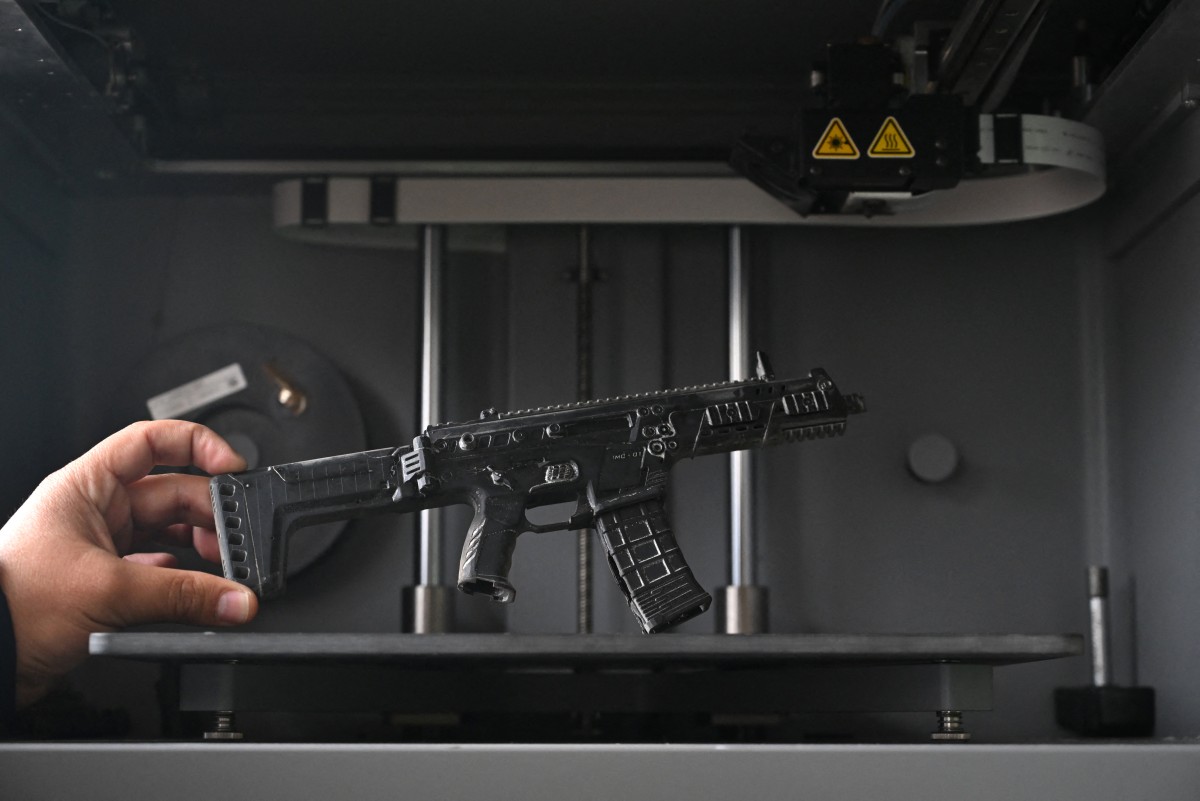
The German army confirmed the theft of a shipment of ammunition that occurred a week ago while it was being transported by a civilian delivery driver, a military spokesperson told AFP, confirming earlier media reports.
According to Der Spiegel and the regional broadcaster MDR, around 20,000 rounds of ammunition were stolen from an unguarded parking lot near Magdeburg, in eastern Germany, while the driver was asleep in a nearby hotel. No information has been released regarding the identity of the suspects, and the military declined to specify the exact type or amount of ammunition taken.
Authorities have also not indicated how the perpetrators knew the cargo would be left unattended.
“The theft was discovered upon delivery at the barracks,” the German army spokesperson said.
A police spokeswoman confirmed to AFP that an investigation has been opened but refused to provide further details “for tactical reasons.”
Sources close to the German military, cited by Der Spiegel, believe it is unlikely the theft was a coincidence. They suspect the thieves waited for the driver to stop for the night before striking.
Der Spiegel also reported that the Defense Ministry normally requires two drivers for this type of transport to ensure the cargo is constantly monitored. However, in this case only one driver was assigned, meaning the civilian transport company failed to comply with the security protocols.
-
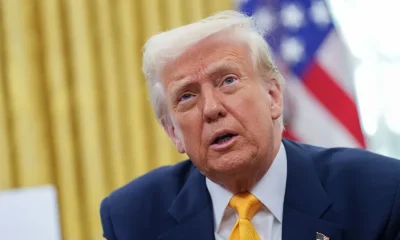
 Central America4 days ago
Central America4 days agoTrump Pardons Former Honduran President Hernández and Warns of Aid Cuts Ahead of Election
-
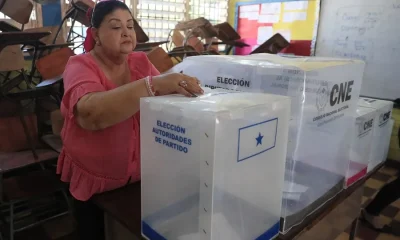
 Central America2 days ago
Central America2 days agoHonduras Extends Voting by One Hour Amid High Turnout, CNE Announces
-
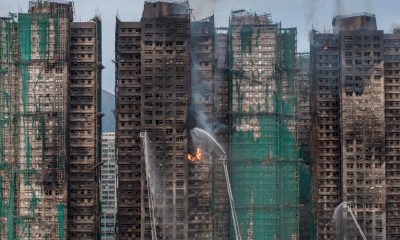
 International2 days ago
International2 days agoHong Kong police arrest 13 over deadly high-rise fire that killed 151
-
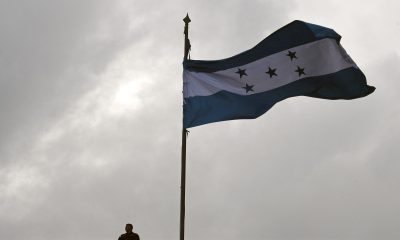
 Central America3 days ago
Central America3 days agoHonduras’ China–Taiwan Future Hinges on Sunday’s Presidential Election
-

 International4 days ago
International4 days agoMeta Says Russia Seeks to Ban WhatsApp for Defending Secure Communication
-
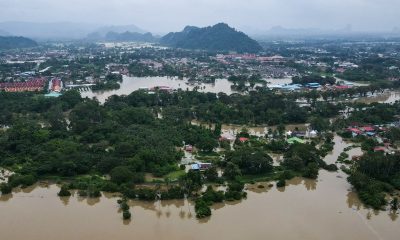
 International2 days ago
International2 days agoSri Lanka and Indonesia deploy military as deadly asian floods kill over 1,000
-

 International2 days ago
International2 days agoTrump says asylum decision freeze will remain in place “for a long time”
-
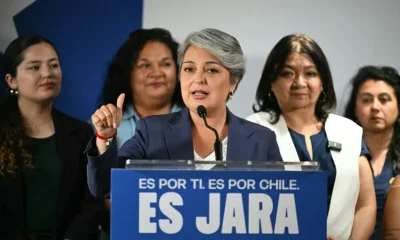
 International2 days ago
International2 days agoChile enters runoff campaign with Kast leading and Jara seeking a last-minute comeback
-
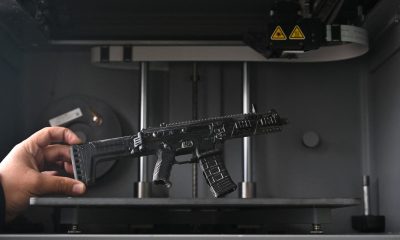
 International17 hours ago
International17 hours ago20,000 rounds stolen from german army after driver leaves cargo unattended
-

 International17 hours ago
International17 hours agoVenezuela authorizes return flights as U.S. continues deportations amid rising tensions
-

 International17 hours ago
International17 hours agoEl Chapo’s son Joaquín Guzmán López pleads guilty to U.S. drug trafficking charges
-
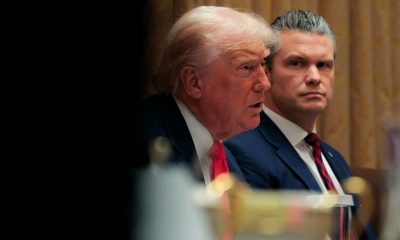
 International17 hours ago
International17 hours agoTrump convenes National Security Council as U.S.–Venezuela tensions intensify















